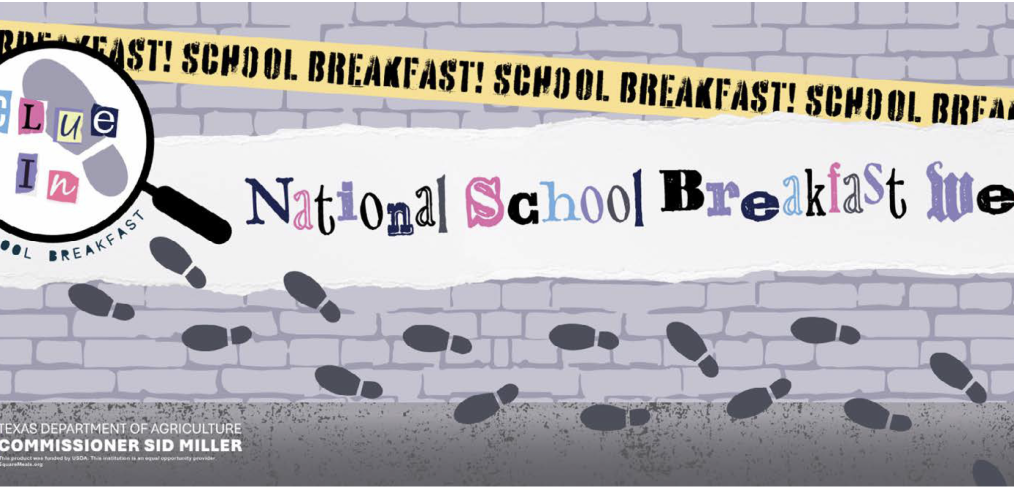Crystal Alexander, a manager in the Mathematics Department, has always been inspired by women who have broken barriers in science, technology, engineering and mathematics, and since becoming a math teacher with Dallas ISD, she has been inspiring the next generation of trailblazers.
One of the ways she has done this is through the annual Dallas ISD STEM Expo—the largest in Texas. After 11 years of managing the event, Alexander believes it is one of her greatest projects, exposing over 5,000 students each year to exploration and design within technology.
students each year to exploration and design within technology.
She believes these events are crucial to inspiring the next generation of innovators.
“In today’s world, success isn’t just about intelligence or skill, it’s about knowing where to find opportunities and having the confidence to pursue them,” Alexander said.
A Dallas native and graduate of the Business and Management Center, the name of the business magnet at the time, Alexander said her passion for the Dallas community stems from her family and her mother.
“My interest in STEM was sparked by my childhood curiosity—breaking things and trying to fix them before my mom got home. I had an early instinct to repair, troubleshoot and put things back together,” Alexander said. She approaches her career with a problem-solving mindset.
Her mother instilled in her a love of learning and a desire to put God first, which Alexander has carried from early education through her 24 years with Dallas ISD.
Alexander began her career as a math teacher at E.B. Comstock Middle School, returning to her roots in Pleasant Grove. After five years, she became a teacher at Emmett J. Conrad High School where she worked within the STEM Academy, which partnered with Texas A&M University to develop project-based learning STEM curriculum. Four years later, Alexander transitioned to a districtwide role, serving as an instructional math coach and STEM manager before eventually taking on her current position.
 In 2023, Alexander briefly took on the role of interim director of the Math Department, using knowledge from her Master of Science in School Counseling from Lamar University to lead and motivate the team supporting the district’s more than 130,000 students.
In 2023, Alexander briefly took on the role of interim director of the Math Department, using knowledge from her Master of Science in School Counseling from Lamar University to lead and motivate the team supporting the district’s more than 130,000 students.
Alexander holds a bachelor’s degree in math and biology from Jarvis Christian University, a historically Black university. She uses her background to develop and organize large scale events beyond the expo, including the LBJ Express and Tackle Tomorrow STEM Camps.
“What excites me most is seeing students engage with math and STEM in ways that change their perspective on what’s possible—whether it’s a student discovering a love for coding, a teacher gaining confidence in delivering math lessons, or a family realizing new opportunities for their child’s future,” she said.
Alexander has partnered with global and local companies, creating community STEM events with Microsoft, the Dallas Millennial Club, American Airlines, the Dallas Arboretum and Botanical Garden, Klyde Warren Park and numerous other organizations.
“I appreciate that the district has provided space for innovation and collaboration, allowing me to develop initiatives that truly make a difference,” Alexander said.
In addition to her work in the district, Alexander is on the advisory board of the Kids on the Move for Success in Atlanta, Ga., guiding the organization’s STEM programming.
She also serves on the Board of Directors, the Education and Research Committee and the Black Heritage Committee at the Dallas Arboretum. She said these experiences have allowed her to contribute to cultural celebration and educational development.
In her own career, Alexander hopes to continue advocating for equity, ensuring young girls see themselves in STEM careers. However, her greatest motivation is her mother, whom she remembers as a mentor and support system.
“I carry my mother’s influence with me every day, especially in my role as a math and STEM educator. She instilled in me a deep sense of vigilance in helping others,” Alexander said.
Beyond education, Alexander is a dedicated advocate for the Alzheimer’s cause, a passion she developed after her mother’s diagnosis in 2015 and passing in 2018.
“I’m very active in promoting the cause, sharing information and participating in research. So many people my age are dealing with their parents who are transitioning into that stage,” Alexander said.
After losing her mother, Alexander has expanded her purpose to advocacy, researching ways to help others prepare for life changes. She prioritizes wellness, recognizing that our bodies change over time and require intentional care.
In her work in STEM, Alexander is inspired not only by her mother but also by the women who have broken barriers in mathematics and STEM, despite it being a male dominated field.
“Women like Katherine Johnson, Dorothy Vaughn and Mary Jackson are important because their work at NASA helped change history,” Alexander said. “Dr. Evelyn Boyd inspires me because she is one of the first Black women to earn a PhD in mathematics.”
“For me, women’s history is about recognizing the challenges women face in leadership positions within education,” Alexander said.


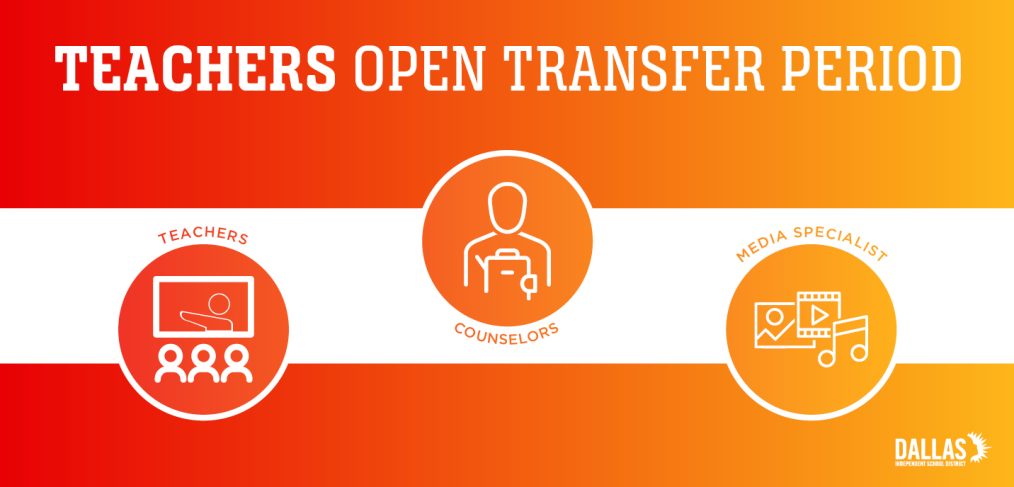


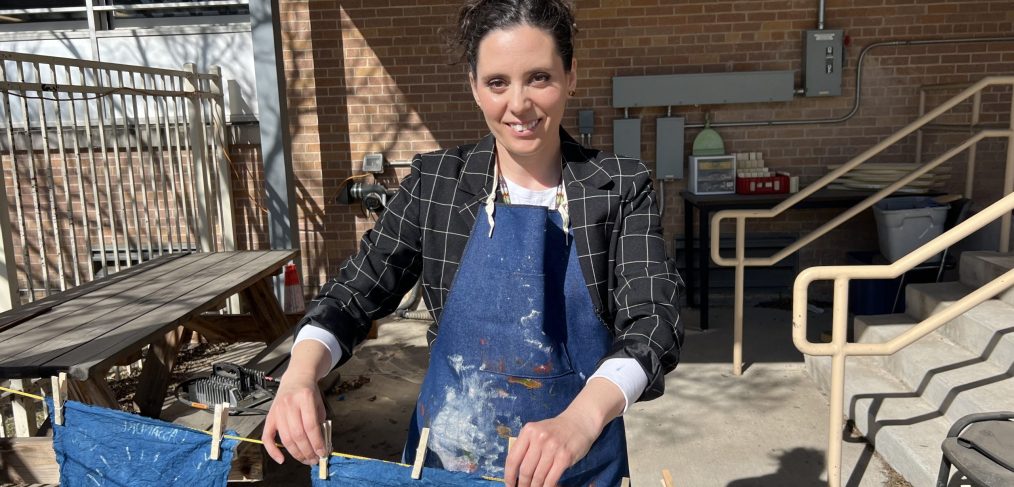
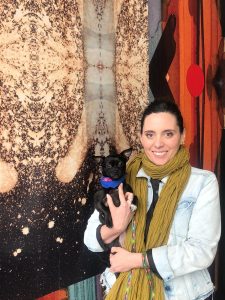
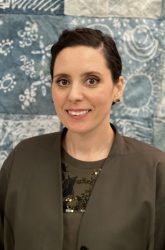
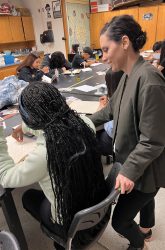
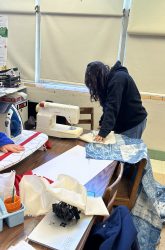
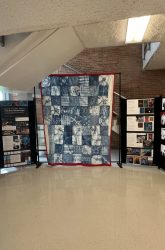

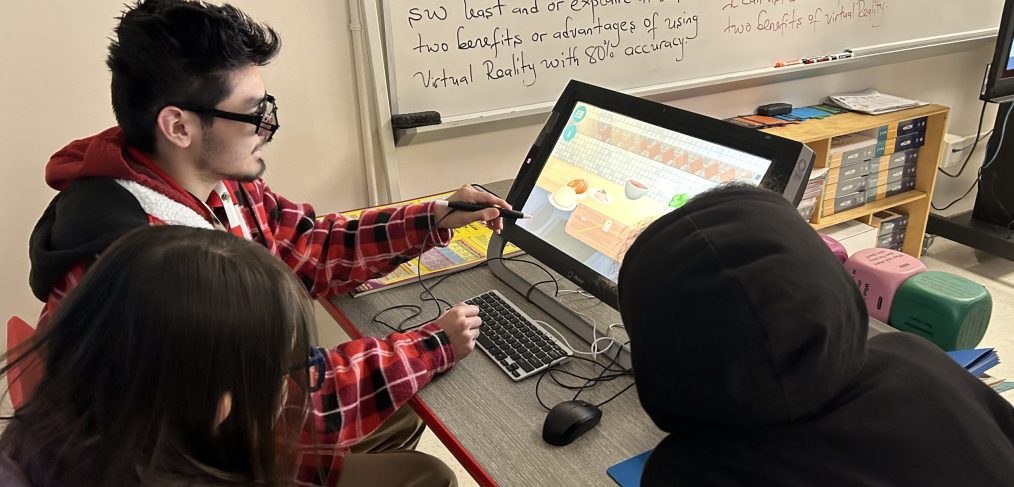
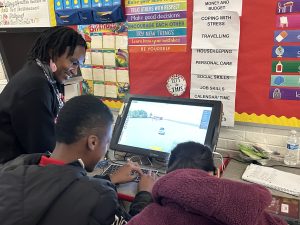 With the use of computer programs that Nix and the SPED teachers have repurposed and goggles that have been obtained from other programs that were no longer using them students in Vashti Mbah’s class are following recipes, cutting and measuring ingredients, mixing them and cooking, just like they would in a real kitchen.
With the use of computer programs that Nix and the SPED teachers have repurposed and goggles that have been obtained from other programs that were no longer using them students in Vashti Mbah’s class are following recipes, cutting and measuring ingredients, mixing them and cooking, just like they would in a real kitchen.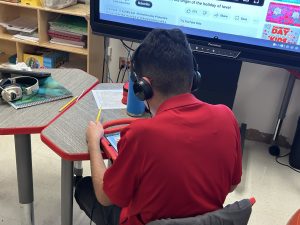
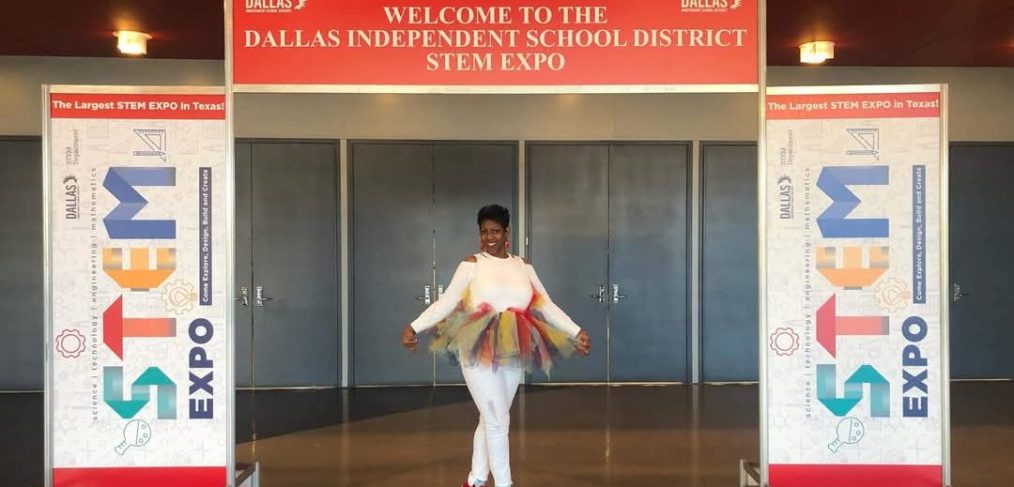
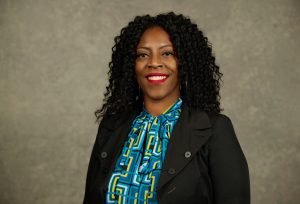 students each year to exploration and design within technology.
students each year to exploration and design within technology. In 2023, Alexander briefly took on the role of interim director of the Math Department, using knowledge from her Master of Science in School Counseling from Lamar University to lead and motivate the team supporting the district’s more than 130,000 students.
In 2023, Alexander briefly took on the role of interim director of the Math Department, using knowledge from her Master of Science in School Counseling from Lamar University to lead and motivate the team supporting the district’s more than 130,000 students. 
